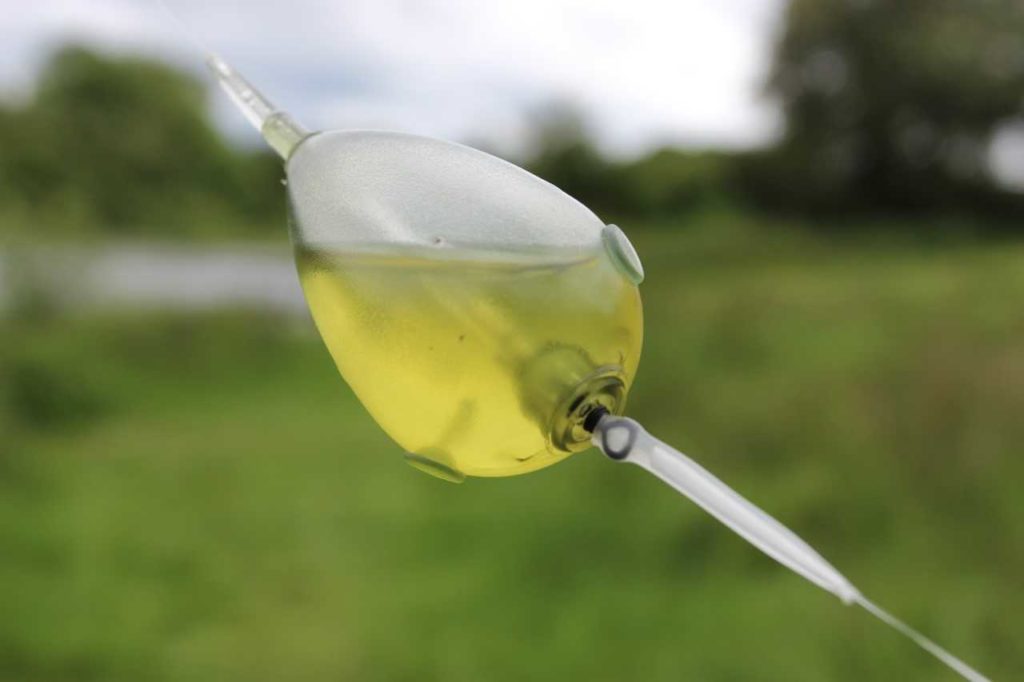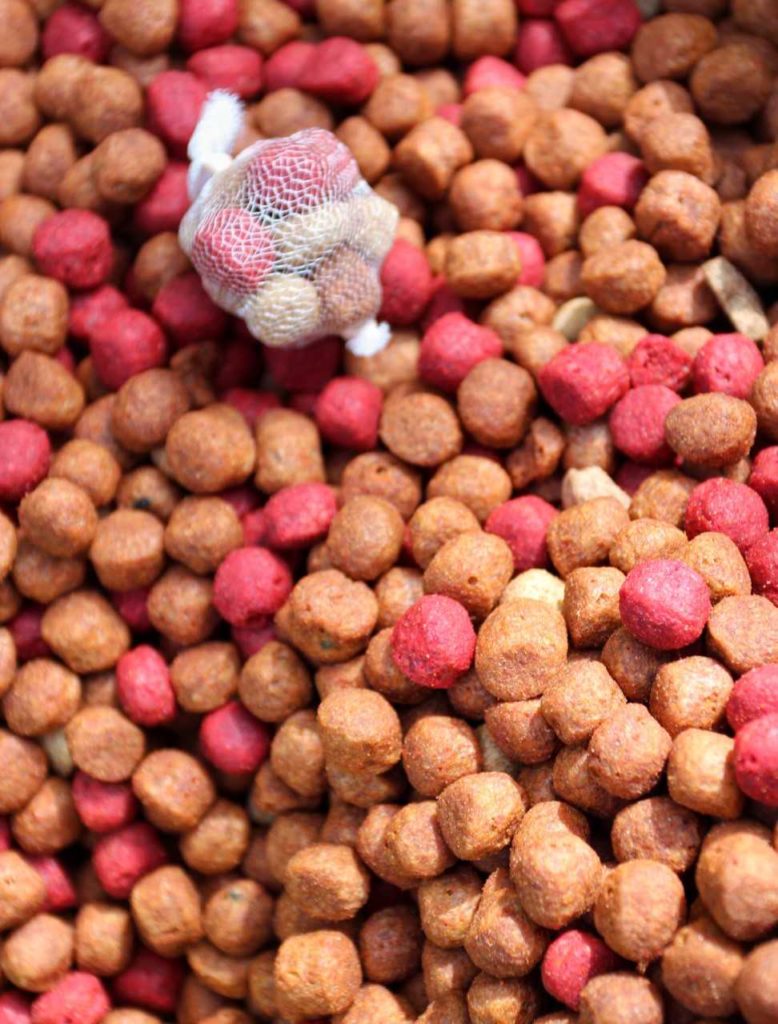This is a demo store. No orders will be fulfilled.
Arezue’s Wright- Surface Success

Whether you are fishing at long range with the aid of a controller or surface float, or just simply tempting a carp from its lair at close quarters using a big piece of crusty bread cast amongst the lilies, for me, there’s nothing more exhilarating than watching those greedy carp slurp down your hookbait, taking flight as that hook goes home.
For some, surface or floater fishing can be a little daunting. You can easily be put off by its concepts as it is rarely seen as the default method. It is often only tried or used as a last resort and can soon be disparaged by those that become frustrated because they fail to catch on their first opportunity on using surface tactics.
However, if you are patient and persistent you will soon be banking those bonus fish, possibly smashing a new PB, all by using the deadly tactic of surface fishing.
So, where do you start?
To begin with, you can gain confidence and become ultimately adept by trying to find a relatively small, high stocked water, where you can easily get the fish to be the ones competing for your bait. This will help you start to get a few fish on the bank. Make it a little easier on yourself rather than challenging yourself to the large windswept gravel pit, with only a handful of fish on your first outing. Instead, whilst in the early days, take things one step at a time and try not to run before you can walk. These easing in methods applies to any element of fishing.
Indeed, the same principles apply here with surface fishing. Taking note of the watercraft is key, so look to where you may find the fish, snags and Lilly beds. Depending on the season, carp will be sitting at certain depths or areas of the lake. On sunnier days, the heat warms the surface layers, bringing the carp near the surface or into the margins so they can catch some rays. With the prospect of the fish being on the surface and upper layers of the water in mind, look for shallow areas of the lake where the water warms quickest.
Another good tip is to look for insect hatches, as the grubs and larvae burst through the surface film, Look at the scum-lines along the margins and where the wind has collected not only debris but also helped serve up a banquet of seed heads, insects and all manners of Carpy treats!
So, what tackle do I need?

Firstly, the choice of the rod you use will be determined by what distance you aim to fish at, and subsequently the environment you wish to present a bait.
If you are fishing at close quarters, you need a rod that is powerful enough to absorb the initial lunge as well as a strong line to match. However, if you aim to present a bait at a long range, into the open water, then you will require something with a little finesse. A through action rod provides you with enough power to send out a controller as well as a little power in the reserve. The rod needs to be supple enough to pick the line off the surface and set the hook, and yet still be able to play a fighting fish accordingly.
Surface fishing finesse is a balancing act. You should aim to present bait as delicately as possible because whatever is laid out on the surface will be silhouetted against the skyline. You do not want to send out any warning signs.
In my opinion, there is no point in hooking a fish if there’s little chance of landing it. You need to asses the risk of your swim or water. If you hook a fish on a lower diameter line and small hook if you can’t stop it from reaching the sanctuary of that snag or weed bed, or vice versa, no point in going too heavy in a snag-free environment and open water situation where you can give the fish a little room to move. You can argue that smaller hooks and pre-stretched lines may result in more takes, but what they do lack is that margin for error. The high abrasion resistance and higher diameter in the case of a line, or that extra anchorage that bigger hooks provide over smaller hooks, may provide a little less pressure when landing.
How do I get the bait out on the surface?
By using a controller or surface floats, will not only act as a visual aid but can enable you to fish at greater range. In the case of some modern-day designs, controller or surface floats will actually aid you in hooking the fish, by providing a bolt effect. This additionally provides resistance in the water, helping to self hook the fish.
The topic of controllers is ample and deserves more in-depth commentary. When you walk into any angling shop or view any floats online, the range of controllers is vast, coming in a multitude of weird and wonderful, shapes and colours. It is certain that you have many to choose from that will work best for you, but for now, I shall just give reference to my favourite.

After much experimenting my favourite surface controller is the “bubble” float. This float comes in a variety of sizes. Usually, these floats comprise a clear plastic shell, similar to the size of an egg. You would fill the cavity of the float with water before plugging the same with one or usually two rubber stops. Once sealed with the water, it is a good idea to then add weight to the float itself so it can be cast at distance, acting as a surface bolt rig.
I enjoy the bubble float for its clear body and water-filled cavity because it allows the float to be less obvious to the fish, meaning it is less likely to spook them. The simplicity of the bubble float design and the fact that they are usually fished inline adds to its brilliance. Their anti-tangle properties are also second to none. By the float feathering the cast as they land, the hook link is able to be thrown outwards, providing you with the perfect presentation. The rest is down to Mr Carp.

Finally, again a topic which is deserving of its own comprehensive look in is surface baits.
As with bottom baits, there are hundreds if not more out there and with new ones coming onto the market every day it may be a difficult choice.
Whilst we have our old favourites such as dog biscuits and ye olde faithful crusty bread, there are now floater specific boilies, pellets, foams, even bugs and grubs. Each option will work on their day but when you are new to surface fishing, it is best to, keep things simple.
So why not give surface fishing a go. If you are determined and forbearing, then you will add another string to your bow. You will surely be banking a surface caught summer whacker!!